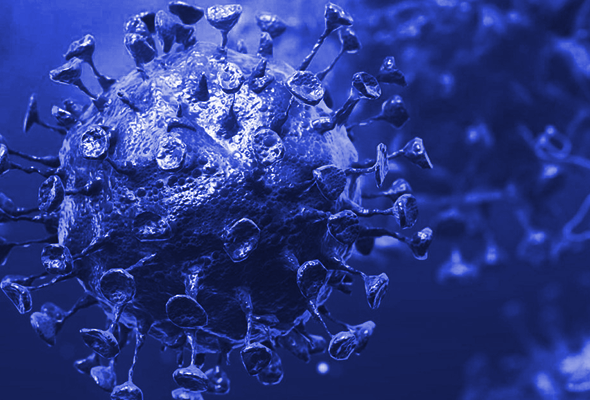An Open Debate on SARS-CoV-2’s Proximal Origin is Long Overdue!

There is a near consensus view that SARS-CoV-2 has a natural zoonotic origin; however, several characteristics of SARS-CoV-2 taken together are not easily explained by a natural zoonotic origin hypothesis.
These include: a low rate of evolution in the early phase of transmission; the lack of evidence of recombination events; a high pre-existing binding to human ACE2; a novel furin cleavage site insert, and high human and mouse peptide mimicry.
Initial assumptions against a laboratory origin, by contrast, have remained unsubstantiated.
Furthermore, over a year after the initial outbreak in Wuhan, there is still no clear evidence of zoonotic transfer from a bat or intermediate species. Given the immense social and economic impact of this pandemic, identifying the true origin of SARS-CoV-2 is fundamental to preventing future outbreaks.
The search for SARS-CoV-2’s origin should include an open and unbiased inquiry into a possible laboratory origin.
Introduction:
Severe acute respiratory syndrome coronavirus type 2 (SARS-CoV-2) is a novel Betacoronavirus of lineage B (subgenus Sarbecovirus) and the causative agent of Covid-19, the first detected cases of which were identified in Wuhan in December 2019 (Huang et al., 2020).
The near-consensus view of the origin of SARS-CoV-2 is a natural zoonosis (Zhu N. et al., 2020, Wu, F. et al., 2020, Zhou P. et al., 2020).
Bats are thought to be the natural reservoir for SARS-related coronaviruses (SARS-r CoVs) (Li et al., 2005; Wang et al., 2006) and have been identified as the ancestral source from which severe acute respiratory syndrome coronavirus (SARS-CoV) evolved (Janies, 2008; Sheahan, 2008).
Not Been Established
While several intermediate host species have been proposed as the zoonotic source for SARS-CoV-2 (Xiao et al., 2020; Lam et al., 2020; Zhang, T. et al., 2020; Zhou and Shi, 2020), the source of direct bat to human, or intermediate animal to human zoonotic transmission of SARS-CoV-2 has not been established.
An alternative hypothesis, that SARS-CoV-2 leaked from a laboratory, has been widely dismissed (Rasmussen, 2020), yet very few papers counter this theory with data analysis (Andersen et al., 2020; Liu SL. et al., 2020; Graham and Baric, 2020).
Here, we address the main arguments in support of a natural origin of SARS-CoV-2, and outline the various points which support the alternative, that a laboratory origin is still a valid possibility that should not be discounted.
Prevent Future Pandemics
To help prevent future viral pandemics, it is of pivotal importance to identify the source of the virus and this is only possible with an unbiased analysis of all data available.
We couple this work with calls from recent opinion pieces and comparative studies questioning a zoonotic origin (Sousa, 2020; Sirotkin & Sirotkin 2020; Relman, 2020; Segreto & Deigin 2020; Butler, 2020; Sallard et al., 2021) via a review of the latest literature, and propose an alternative to the natural zoonosis hypothesis.
Please visit the ResearchGate paper below –
